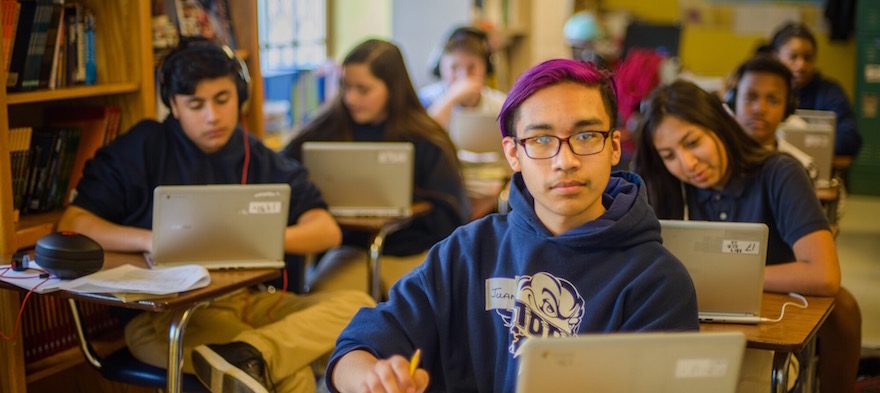
Sep 18, 2018 12:00:00 AM
Seth Saavedra is a New Mexican, born and raised. Fueled by his upbringing in public housing and public schools, he has an unwavering commitment to improving New Mexico's public schools, particularly for those students and communities who are least served by the current system. Seth was formerly a middle school teacher in Bridgeport, Connecticut, through Teach For America. He triple-majored in English, philosophy and economics at the University of New Mexico and went to Del Norte High School before that. He's a proud advocate, agitator, and alchemist. He's a self-admitted green chile addict. He spends most of his time with family and meandering around New Mexico.
The story you tell yourself about your own math ability tends to become true. This isn’t some Oprah aphorism about attracting what you want from the universe. Well, I guess it kind of is, but...
If you have a child with disabilities, you’re not alone: According to the latest data, over 7 million American schoolchildren — 14% of all students ages 3-21 — are classified as eligible for special...
The fight for educational equity has never been just about schools. The real North Star for this work is providing opportunities for each child to thrive into adulthood. This means that our advocacy...
Your donations support the voices who challenge decision makers to provide the learning opportunities all children need to thrive.
Ed Post is the flagship website platform of brightbeam, a 501(c3) network of education activists and influencers demanding a better education and a brighter future for every child.
© 2020–2024 brightbeam. All rights reserved.
Leave a Comment